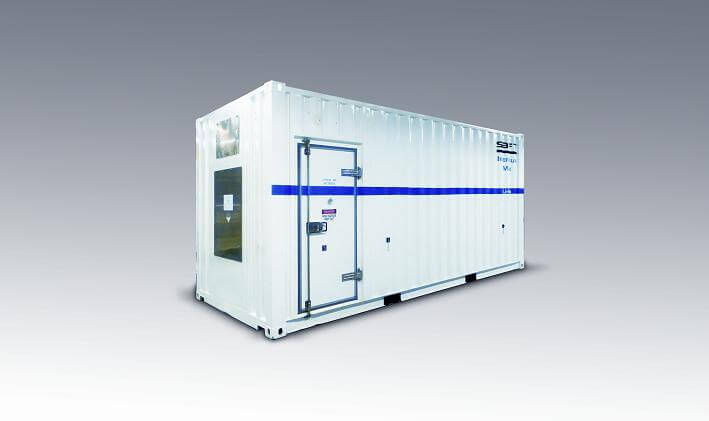This article, from law firm Bricker & Eckler, is authored by Dylan Borchers.
According to a recent report released by GTM Research and the Energy Storage Association, 2015 is shaping up to be the biggest year yet in the energy storage sector, with a projected deployment of 220 MW. This amount is expected to more than double on an annual basis.
The energy storage market is broken into three segments: residential, non-residential and utility. California has the largest residential and non-residential markets in terms of total deployment. However, PJM Interconnection, the regional transmission organization in which Ohio is located, has the largest utility market, with more than 100 MW of storage deployed since 2013. As discussed in a previous Green Strategies article, PJM’s frequency regulation market has been a driver of the organization’s energy storage deployment.
In addition to growing storage markets, there have been a number of national and state policy and market developments for both front-of-the-meter and behind-the-meter energy storage. Of significance in Ohio, was the Federal Energy Regulatory Commission’s approval of PJM’s Capacity Performance proposal. In part, the proposal enables energy storage to participate in the capacity market. Of significance at the national level, a bipartisan group of U.S. Representatives recently launched the Battery Energy Storage Caucus to investigate ways to accelerate the commercial deployment of competitive energy storage technology.

The power storage system from Saft was installed in Alaska and provides an example typical of the recent installs. In addition to the Intensium Max+ 20M battery container, which provides 950 kWh and has the ability to operate in environments reaching ambient temperatures of -58°F, the delivered BESS also includes a 1.2 MW EssPro Power Conversion System and grid connect transformer, supplied by ABB.
However, in spite of these policy developments, the regulatory landscape lags behind the increasingly rapid deployment of energy storage, according to a recent report by the Rocky Mountain Institute (RMI). The crux of the report is that battery storage systems are able to generate much more value when the same device or fleet of devices is able to provide multiple, stacked services to a variety of electricity system stakeholders. Battery energy storage systems are able to provide over a dozen services to the electricity grid, including energy arbitrage, frequency regulation, voltage support, distribution and transmission deferral, transmission congestion relief, time-of-use bill management, demand charge reduction and backup power. Broadly, these services can be categorized as either customer services, RTO services or utility services.
For more economical battery energy storage systems, the systems must be dispatched for a primary service, and then re-dispatched to provide multiple, stacked services. Currently, most systems are only deployed to provide a single service. For example, a system dispatched solely for demand charge reduction will only be utilized 5 to 50% of its life. In contrast, a solar and energy storage project being constructed in Minster, Ohio, demonstrates how a battery storage system can generate multiple revenue streams by providing multiple services. In this project, the storage system will provide backup power, peak demand, and reactive power services to the Village of Minster’s municipal utility, while also participating in PJM’s frequency regulation market. Read Bricker’s article on the Minster project.
Existing regulatory barriers must be removed for energy storage systems to better provide multiple, stacked services to the electricity grid, RMI argues.
Filed Under: Energy storage, News





